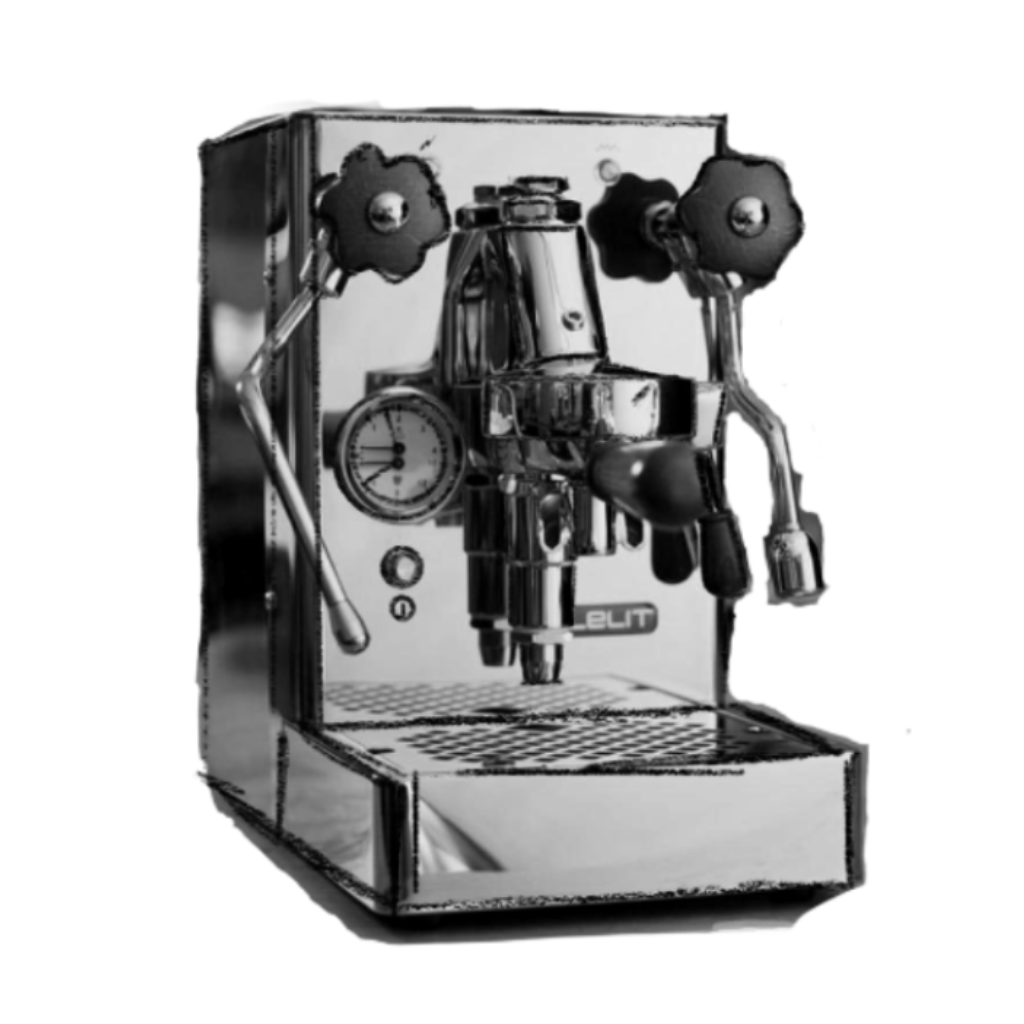The 5 Best Espresso Grinders For Beginners (2024)

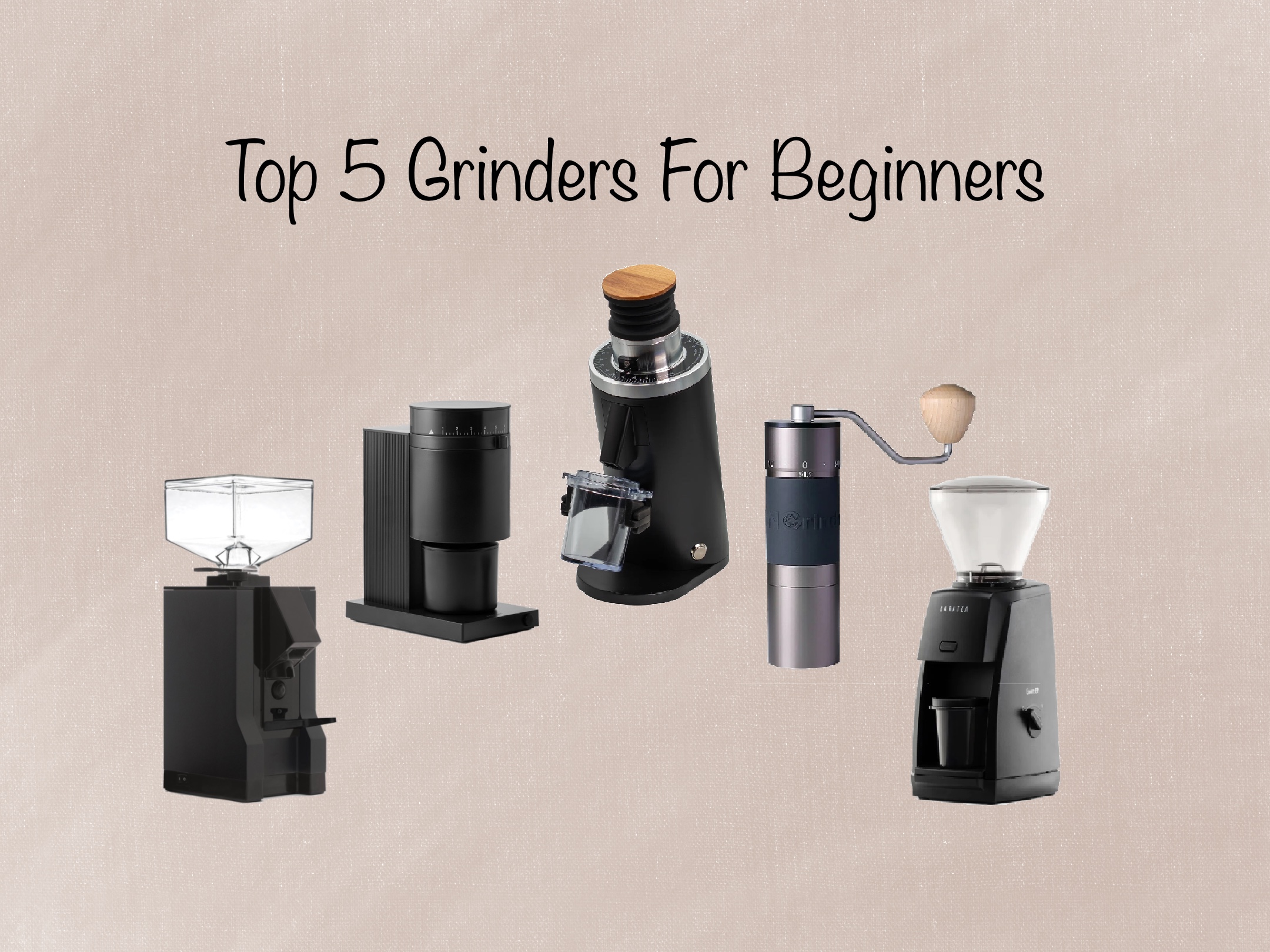
Quick Recommendation List
Model
Burrset & Grind Range
Price
Quick Link
Table of Contents
How are Espresso Grinders Different from Coffee Grinders?
Espresso grinders and regular coffee grinders are designed to meet different needs in the coffee brewing process. Understanding their distinctions is crucial for choosing the correct grinder for your brew bar.
Finely Ground
The primary difference between espresso grinders and all-purpose coffee grinders is that espresso grinders are capable of crushing coffee to an extremely fine consistency. While other brew methods can use larger grounds of coffee, akin to coarse salt flakes, espresso requires the coffee grounds to be closer to the consistency of sand.
While some general coffee grinders use blades to chop the coffee, all espresso grinders use ceramic or metal burrs that spin and crush the coffee. These burrs that spin in opposite directions of each other (counter-spinning) are capable of grinding the coffee to the fine texture required for high-quality espresso.
Micro-Adjustments
Espresso grinders are also unique in their ability to make micro changes to the distance between the two spinning burrs that are used for crushing the coffee. While many general coffee grinders have grind steps, espresso grinders often come with stepless adjustment. Stepless adjustment is the ability to change the distance between the two burrs on a continuous sliding scale.
The importance of stepless adjustment is the ability to get the exact grind size required to pull a good shot. While a stepped grinder may give you close but too coarse or close but too fine, an espresso grinder will always allow you to grind to just the right size.
Powerful Motors
Crushing dense coffee into consistent grounds over and over requires a lot of work. And grinding to the fineness required for espresso requires a motor capable of pushing the burrs through the resistance of the beans.
Espresso grinders are designed with powerful motors that can spin at various RPMs to ensure the coffee is consistently ground shot-to-shot, day after day. Many home-oriented espresso grinders can produce an 18-gram dose in under 30 seconds, with top-end options boasting a sub-3 second grind time.
What is the Difference Between Hopper Style and Single Dose Grinders?
Dosing Style
Espresso grinders fall into two major categories when it comes to workflow and design. That is, how the coffee is dosed into the grinder. The two primary dosing styles are hopper-style and single dosing.
Hopper Style
Hopper-style grinders have large plastic or glass bean hoppers that sit atop the grinder. When the grinder is activated, whole coffee beans are fed from the hopper into the grind chamber. Hopper-style grinders are the best option for high-volume cafes and for home baristas who go through one bean at a time.
Single Dosing
Single dosing is a relatively new phenomenon in home espresso and revolves around the idea that home baristas rarely make many espressos back to back. Single-dosing grinders often only have the capacity for 18-25 grams of coffee and require the correct amount of beans to be loaded in for each shot. While single dosing may take more effort, it supports flexibility in changing the dose shot to shot and the ability to switch between types like decaf.
What is the Difference Between Manual and Electric Espresso Grinders?
Electric Grinders
Espresso grinders are often visualized as the 3-foot tall tower standing next to an espresso machine in a cafe. But espresso grinders are built in all shapes, sizes, and even power types. While the majority of home espresso grinders are motor-powered, there are quite a few options that are manually powered.
Manual Grinders
Manual Grinders often have a small grind chamber and a detachable or foldable arm to give leverage to spin the inner burrs. While manual grinders require more work by hand, they are compact, quiet, and often produce much higher quality results than similarly priced electric options.
How are Stepped and Stepless Adjustments Different?
Grinder Adjustment
Coffee is an organic compound that is constantly changing. That means that the correct grind setting will change from bean to bean, and even for the same bean as it ages. Grinders must be adjusted minutely to ensure the proper grind size is continually being achieved - this is called dialing in the grinder. Espresso grinders use two primary adjustment mechanisms to make these small grind-size changes: stepped adjustment, and stepless adjustment.
Stepped Adjustment
Stepped adjustment is a mechanism in which a grinder has discrete, pre-determined grind sizes to choose from. Stepped adjustment mechanisms are easier to design and cheaper to manufacturers and, as a result, are found on many entry-level grinders.
If you see a grinder advertised with "40 individual grind settings", that grinder is using a stepped grind mechanism. The downside of many stepped grinders is that the right grind size may be somewhere between the potential options.
Stepless Adjustment
Enter stepless adjustment grinders. Stepless grinders have the ability to adjust the distance between the burrs on a continuous sliding place. This means that there are technically infinite grind sizes as the burrs are moved closer together or further apart. Almost all higher-end grinders use step-less adjustment, and it is one of the most important features when deciding on a grinder.
What are Espresso Grinder Burr Types?
Espresso Burrs
All quality espresso grinders use burrs to crush the coffee into a uniform consistency. A burrset is a pair of counter-spinning metals that have teeth to grab and crush the coffee to the desired size. There are two primary designs of burrs: Conical Burrs and Flat Burrs.
Burr Type
Conical burrs are cone-shaped, with an outer upper cone and an inner cone. As the grinder is adjusted for a finer grind, the burrs are moved closer together. Flat burrs are flat, teethed discs. Flat burrs can be mounted in a top-to-bottom orientation or vertically side to side.
Flavors and Preference
Both burrs can produce phenomenal espresso, but in general, the majority of higher-end grinders use flat burrs. While each type of burr is often characterized by specific flavor profiles, both conical and flats can produce a range of flavors based on burr size, burr RPM, and, of course, the bean.
How to Choose and Espresso Grinder
Usage and Workflow
By far, the most vital variable to examine when picking an espresso grinder is your overall workflow and capabilities. Some grinders can only grind for espresso, while others are capable of grinding for more coarse brew methods. Knowing what brew methods you'll be grinding for will help narrow down some of the options.
In addition, knowing your preference between hopper-style and single-dosing will further refine your list of options. If you like to grind through one bean at a time or value a simple workflow, a hopper-style grinder is likely your best bet. But, if you prefer to try different beans throughout the week or brew decaf, then single dosing is the better pick.
Burr & Flavor
With grind range and dosing type in mind, you can then take a look at burr type. Conical burrs are known for more full and complex flavors, similar to more traditional espresso. Flat burrs are known for clear and acidic flavors, a more modern approach. And while burr type can impact flavor, all burrs can make a wide range of flavors, so burr design should be among the last variables to decide upon.
Price & Availability
With a list of your ideal features, functions, and designs in mind, it's time to see what's out there. Set your ideal and reach budget, and start scouting for grinders that meet your preferences. Take a look at the top 5 best espresso grinders below for the Espresso Setup Builder top picks under $300.
The Top 5 Best Espresso Grinders for Beginners
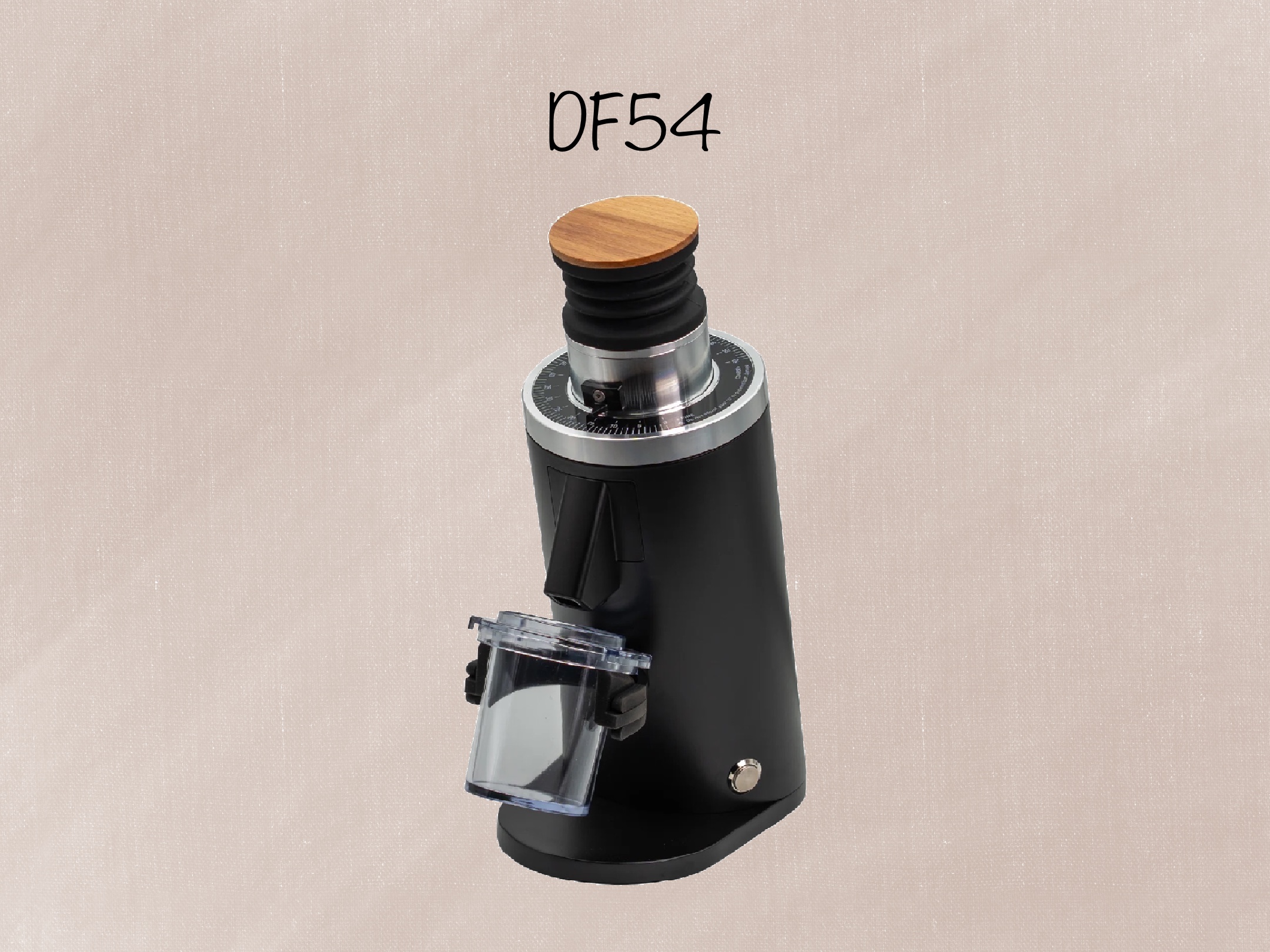 1. DF54
1. DF54MSRP: $229
Price at Publish:
- Grind Range
- Full
- Burrset
- 54mm Flat
- Dosing
- Single Dose
The Turin DF54 is a just-announced and available-for-pre-order grinder that is set to disrupt the entry-level espresso market. The DF54 is a single-dose grinder with stepless adjustment, a full grind range, and large 54mm flat burrs. Priced at $229, the DF54 checks all the boxes for a high-quality grinder in a compact and affordable package.
Until now, no similarly priced grinder could combine stepless adjustment, full grind range, and flat burrs in a package priced under $400. If you're looking for the best bang for your buck and are able to wait for the pre-order lead time, the DF54 is the best option out there.
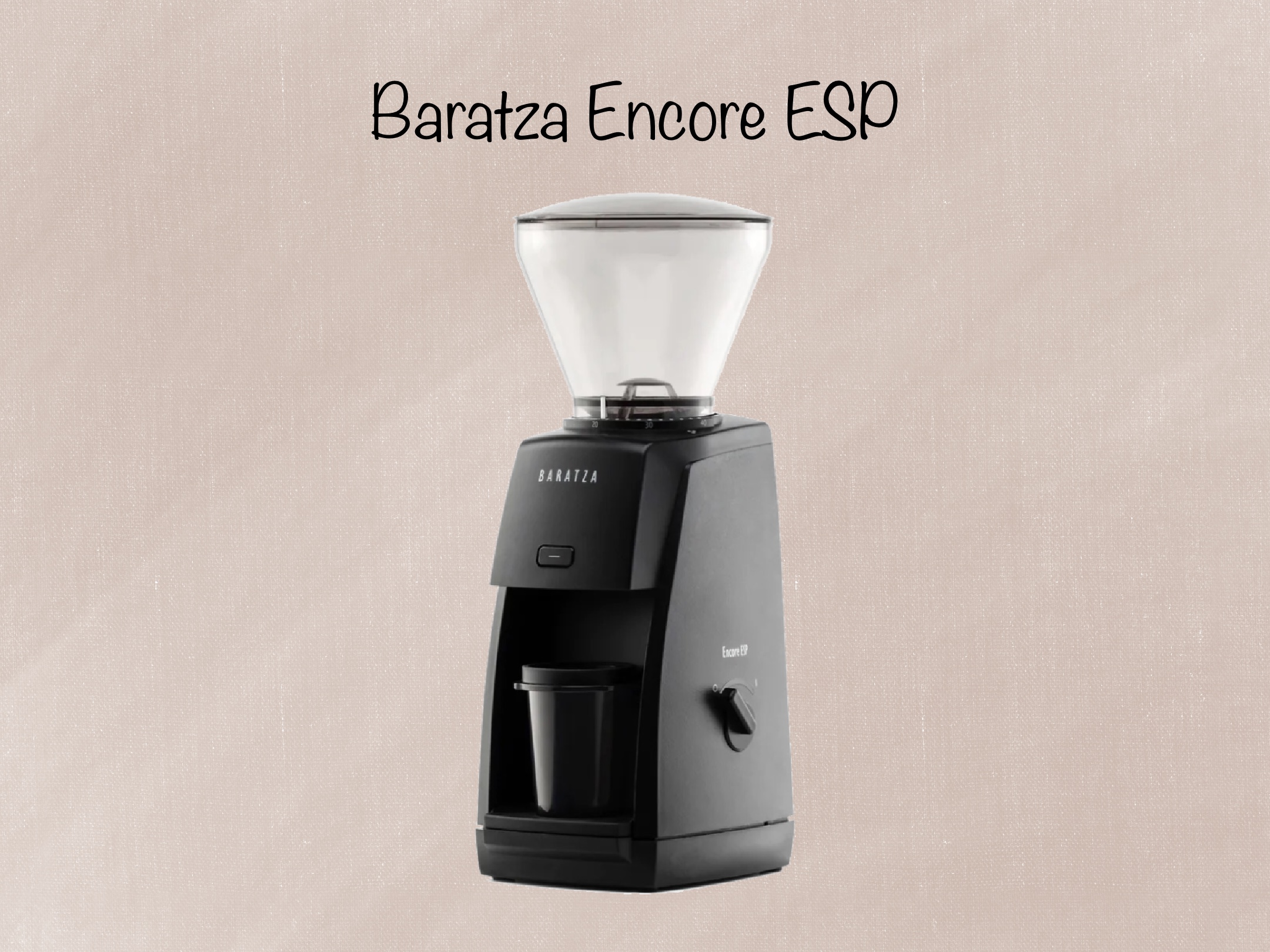 2. Baratza Encore ESP
2. Baratza Encore ESPMSRP: $199
Price at Publish:
- Grind Range
- Full
- Burrset
- 40mm Conical
- Dosing
- Hopper
The Baratza Encore ESP has been the go-to entry-level grinder for years. Priced at a modest $199, the Encore ESP is an espresso-specific evolution of the Baratza Encore grinder. The Encore ESP has stepped adjustment, a full grind range, and compact conical burrs.
If you are looking for a tried and true option that is widely available, the Baratza Encore ESP will get you started brewing espresso, pour-over, and everything in between.
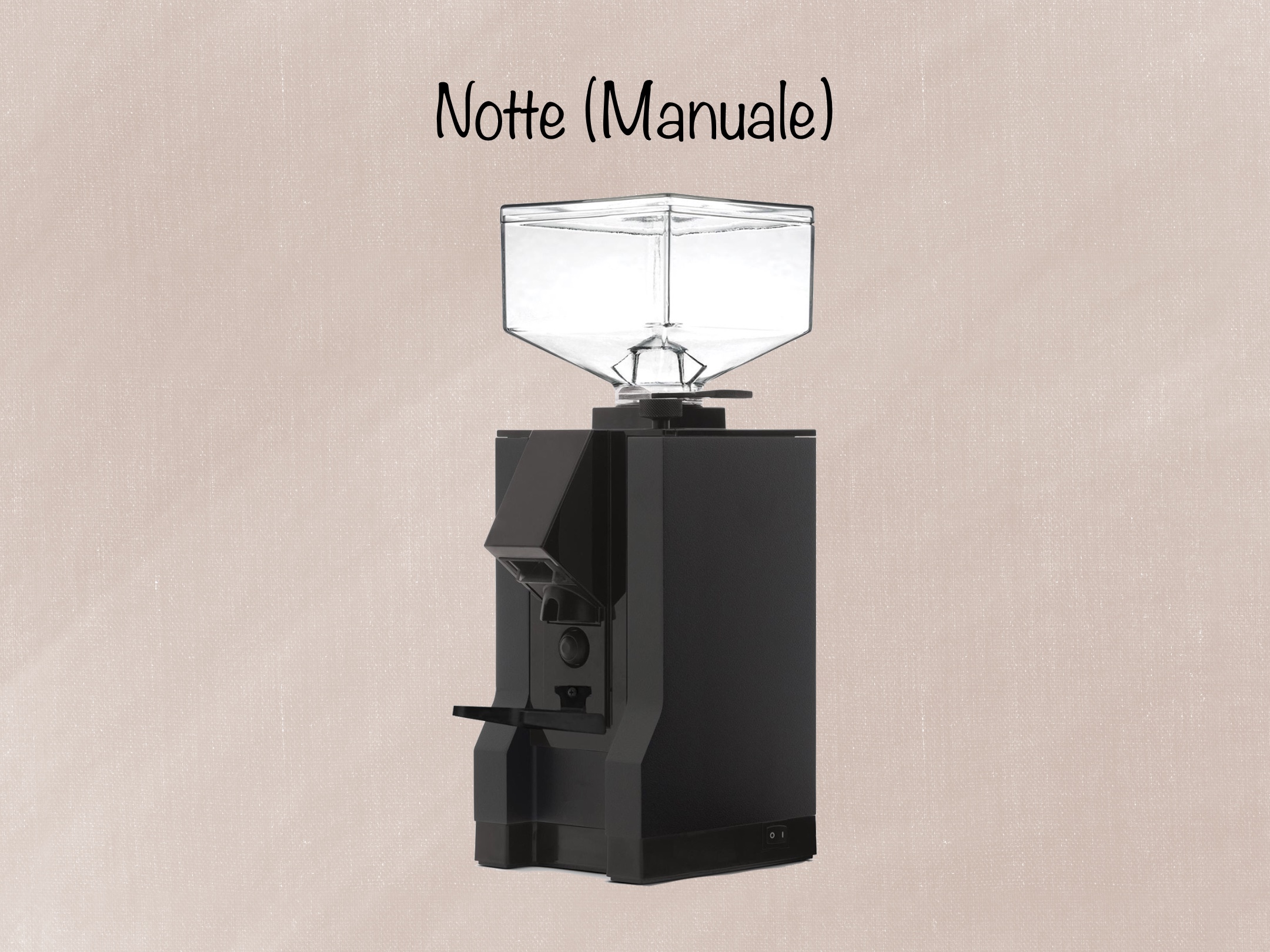 3. Eureka Mignon Notte
3. Eureka Mignon NotteMSRP: $329
Price at Publish:
- Grind Range
- Espresso Only
- Burrset
- 50mm Flat
- Dosing
- Hopper
The Eureka Mignon Notte slightly breaks out of our category budget, priced at a slightly higher $329. The Notte is the most affordable home espresso grinder by established Italian grinder giant Eureka. The Mignon Notte is a simple hopper-style flat burr grinder that has true stepless adjustment. The Mignon Notte uses a simple press-and-hold-to-grind interface and is designed to be used for espresso only.
If you are looking for a simple-to-use, espresso-specific grinder from a brand known for quality and reliability, the Eureka Mignon Notte is the pick for you. With a traditional square design and a transparent plastic hopper, the Eureka Mignon Notte is about as classic as you get when it comes to traditional home espresso grinders.
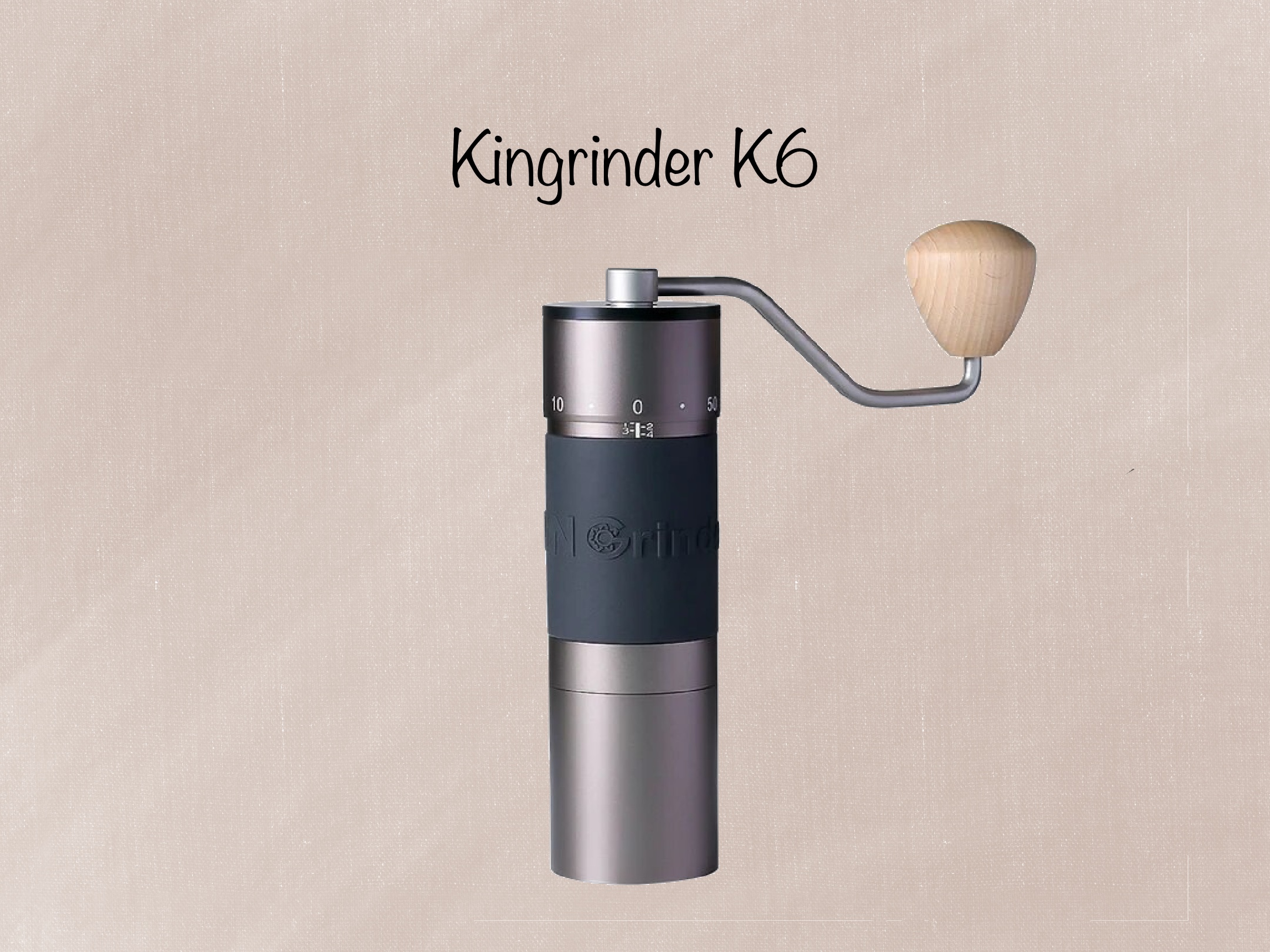 4. Kingrinder K6
4. Kingrinder K6MSRP: $129
Price at Publish:
- Grind Range
- Full
- Burrset
- 48mm Conical
- Dosing
- Single Dose
The Kingrinder K6 is the king of affordable grinders that are capable of brewing truly delicious espresso. The Kingrinder, priced at just over $100, is a compact manual grinder designed for single dosing. Using a high-quality stepped adjustment mechanism, the K6 can grind for all brew types. The K6 comes with a removable grind arm and is even designed with a standard hex input to be used with a powered drill for enterprising baristas on a budget.
If you are looking for the most affordable product that is built from high-quality components and is capable of delivering delicious espresso, the Kingrinder K6 is the pick for you.
 5. Fellow Opus
5. Fellow OpusMSRP: $199
Price at Publish:
- Grind Range
- Full
- Burrset
- 40mm Conical
- Dosing
- Hopper
The Fellow Opus is a long-time competitor to the Baratza Encore ESP. With similar componentry, the Opus uses compact conical burrs and a small hopper to grind coffee for a full range of brew methods. While the Encore ESP indexes on ease of use, the Opus is known for its standout modern design. The biggest downside of the Opus is its two-part micro-macro adjustment mechanism, which can become a hassle when trying to dial in espresso beans.
If you are looking for a grinder that indexes beauty above pure ability, the Fellow Opus is not a bad option. Plus, the Opus often goes on sale, giving it a 25% markdown from the standard $199 price point.
